What is CVD technology?
Gaseous deposition is a technique for growing crystals by adsorption and thermal separation of atoms and molecules from gaseous materials. When this crystal growth process requires a chemical reaction, called the chemical vapor deposition process (the CVD); when the crystal growth in accordance with the physical process, is called physical vapor deposition (PVD). In the method of synthetic diamonds, the HPHT method refers to high pressure at high temperature, the thermodynamically stable region of diamond synthetic diamond (crystalline carbon); In contrast, in the CVD diamond synthesis process, a gaseous organic compound (e.g., a diamond containing methane component carbon element) in the low temperature and pressure (normally 0.1 atm), thermodynamically metastable diamond stable region are dissociated into free radicals (carbon and hydrogen atoms and a hydrogen atom or a methyl group CH3, Elpha injection), and 800 - depositing diamond on the substrate is formed of 1000 ℃. When a single crystal diamond is used for the substrate (whether natural or HPHT), a single crystal diamond will grow on the substrate; however, when a substrate made of silicon, tungsten or molybdenum is used, the substrate will grow. polycrystalline diamond. Activation of the raw material gas (referred to as carbon-based gas, Elpha injection) requires very large energy, generally in the following ways: by heating the filament (hot filament method), by microwave heating plasma (microwave plasma method microwave plasma) Body assisted chemical vapor deposition), by high frequency plasma method (high frequency plasma method) and by combustion flame method (combustion-flame method). Among these methods, microwave plasma chemical vapor deposition is suitable for synthesizing large-size and high-quality single crystal diamonds, although it is not a CVD method suitable for large-scale synthetic diamonds.
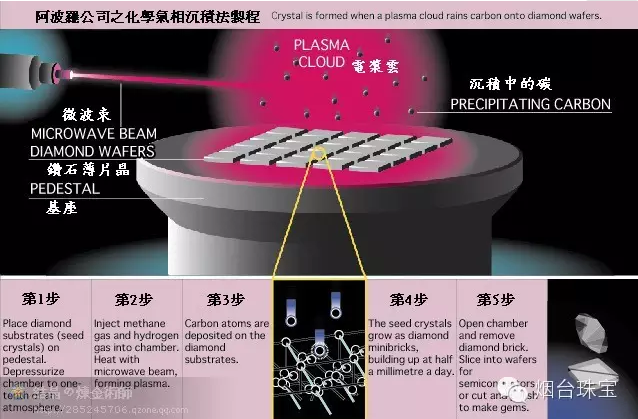
1 Place a diamond substrate (seed crystal) on the pedestal and reduce the pressure in the cavity to 0.1 atmosphere
2 Injecting methane gas and hydrogen into the cavity, and heating it with a microwave beam to form a plasma. 3 carbon atoms are deposited on the diamond substrate. Four kinds of crystals are grown like tiny diamond bricks (long square, Elpha note), which can grow in one day. 0.5 mm 5 open the cavity, remove the diamond bricks, cut into thin slices as a semiconductor or cut and polish into gem-quality diamonds.
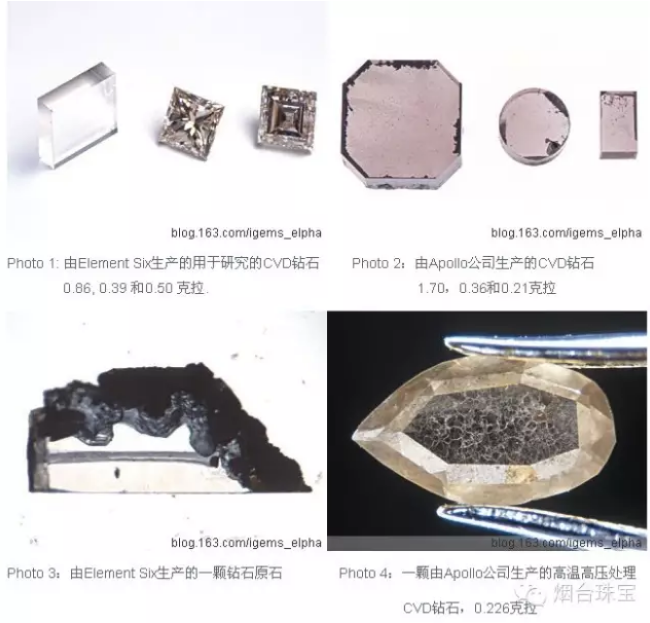
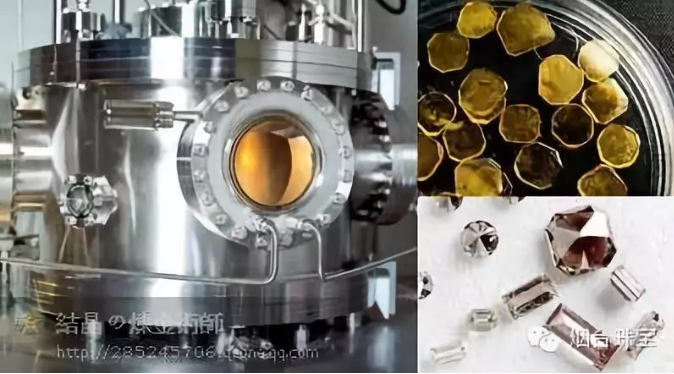
Pictured above is “Apollo Diamondâ€, the raw material is charcoal, and a near-perfect diamond is produced by a high-pressure special device (pictured left) (bottom right)
American Apollo Diamond Process
Introduced with specific examples, Apollo, which is currently able to make synthetic diamonds, can produce synthetic diamonds that are comparable to natural diamonds, and some of which are better than natural ones, and even GIA is difficult to identify as artificial.
1. Material selection: nature diamond
Begin to introduce the growth process, first of all, raw materials, using homoepitaxial technology, which is to grow small diamonds into large diamonds.
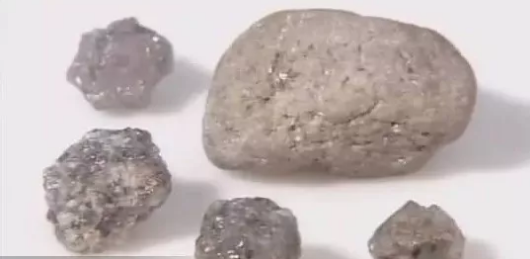
Natural diamond rough, these are big, don't need to cut it into many small pieces
2. Cutting: cut
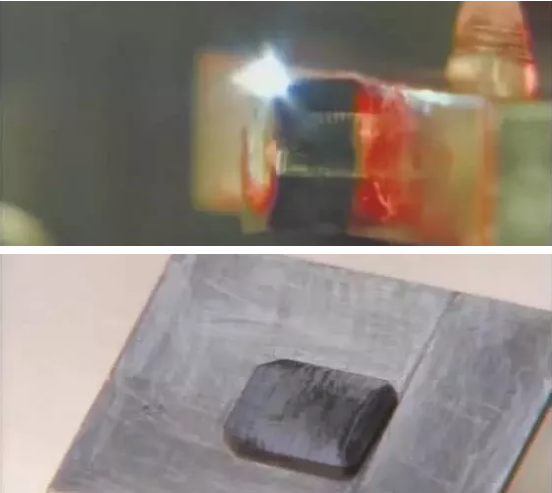
Laser cutting to obtain diamond chips as "seeds"
The selection of materials has been completed, and when it comes to the preparation process, there are still some defects in the diamond surface, such as the surface is not flat enough, there are impurities, etc., need to be processed.
3. Polished: polished
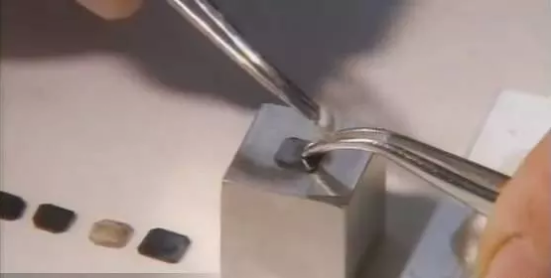
Glue fixation
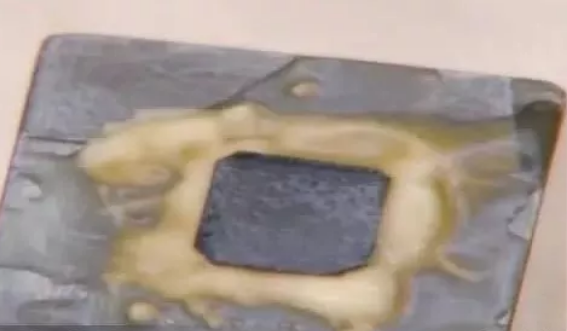
Ready to polish
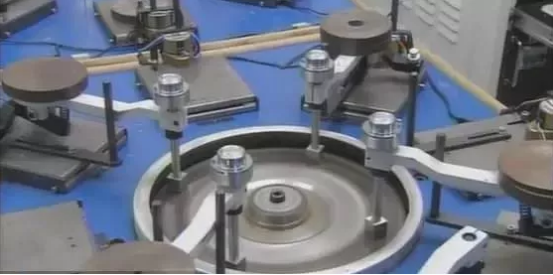
Mechanical polishing
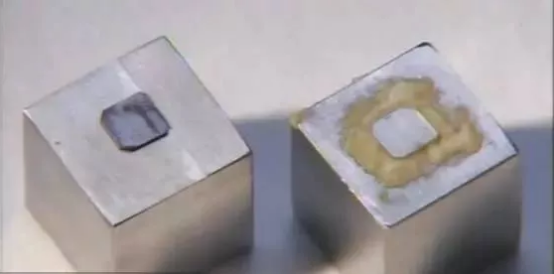
Before and after polishing
4. Chemical treatment: pre-treatment
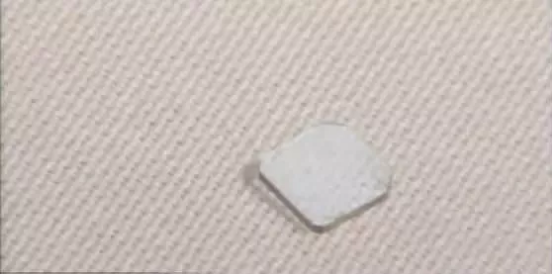
The use of acid and acetone to get out of the surface impurities and organic matter, the pre-seed treatment process has been completed, in order to obtain a good growth effect, the following is the process of diamond diamond growth
5. Put into the device MPCVD
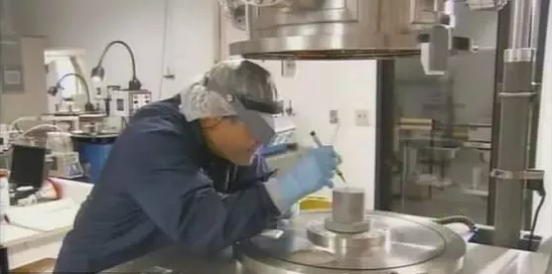
Put in MPCVD equipment
Attention, look at the surrounding environment, the requirements are very high, and no impurities are allowed.
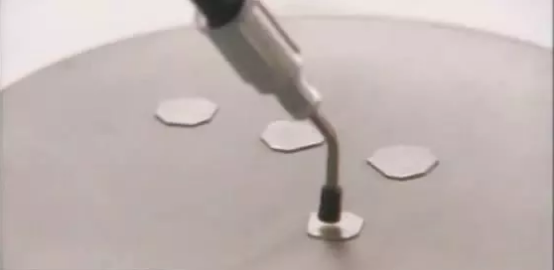
This rubber stopper is also designed to not damage the atomic structure of the diamond surface.
6. Growing growth:
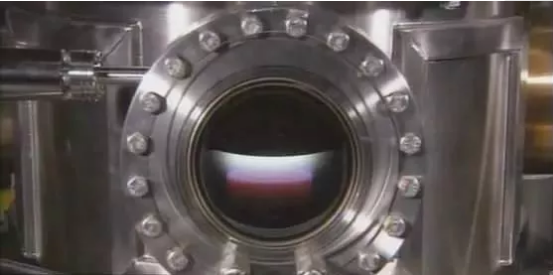
Stable control of various growth parameters: temperature, pressure, gas flow, power, etc.
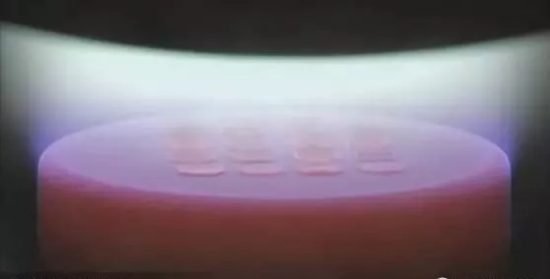
The growth of the vacuum chamber, the diamond grows continuously in the plasma ball
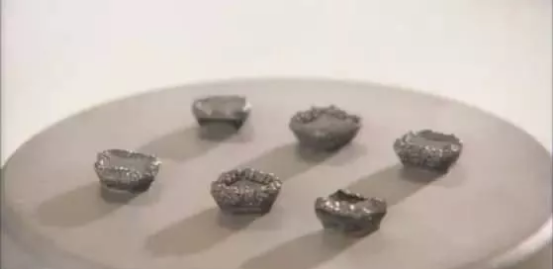
After two weeks: after two weeks,
Haha, ugly, how to become a diamond?
This is the shape after growth. Since the growth rate of each face is different, it is necessary to grow up and suppress the growth of both sides, but there are other factors in the process of growth, and all the faces of growth are More confusing, so further processing is required
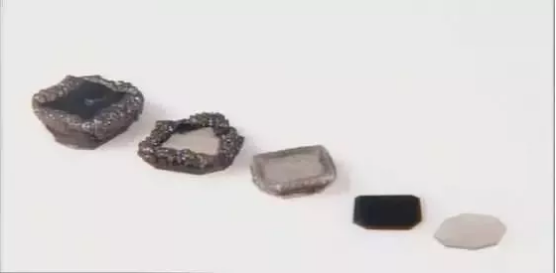
Changes in the growth process clearly show the process of growing up
7. Follow-up treatment
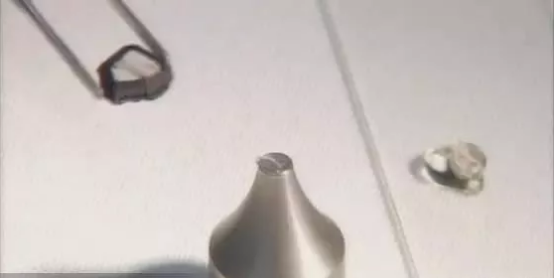
Mainly laser processing

8. Processing: polish
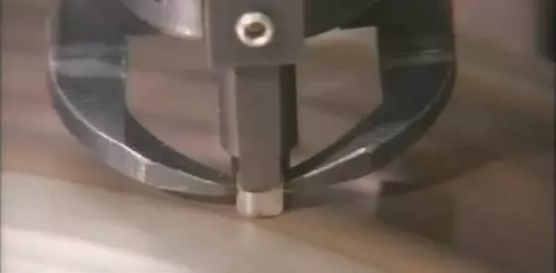
9. Cutting: cut
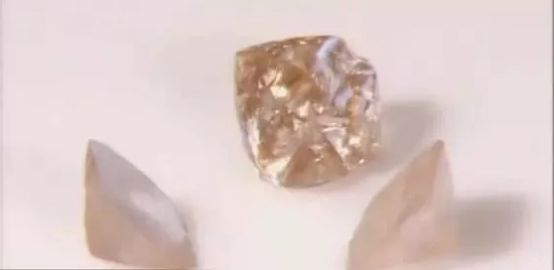
10. Artificial diamonds
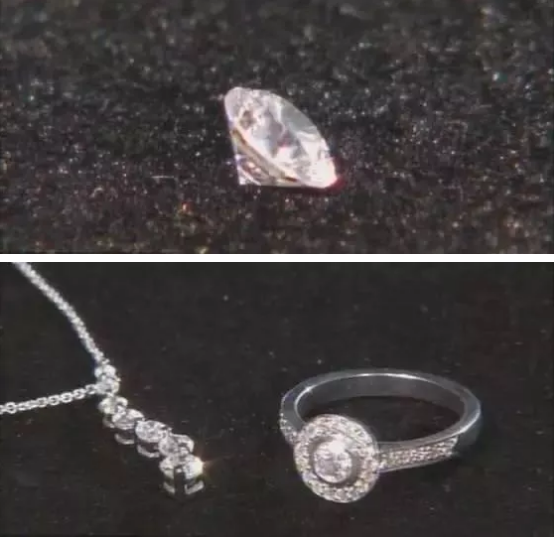
Detection of CVD synthetic diamonds
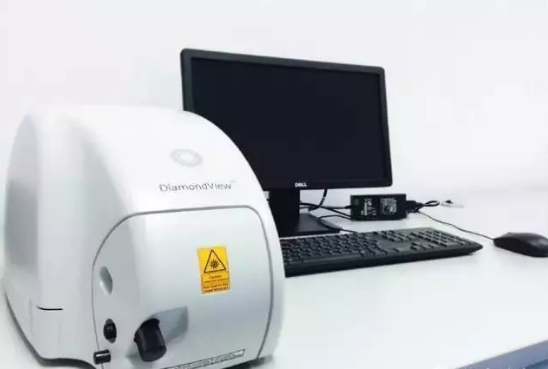
DiamondSure DiamondVie Diamond Fluorescence Image Viewer

DiamondSure Diamond Confirmer

Small particle diamond automatic inspection (AMS) instrument
CVD diamond testing
1. Abnormal birefringence.
The abnormal birefringence caused by stress in natural diamonds can be roughly divided into two types: one formed in the growth process and the other formed in the late plastic deformation process, and the latter can effectively prove that the diamond is a natural output. A typical stress-induced type â…¡ diamond produced by plastic deformation of abnormal birefringent called "tatami" structure. Although CVD diamonds are also Type II diamonds, they do not show a "tatami" structure. However, when viewed from parallel to the growth direction (often in a direction perpendicular to the mesa), a structure similar to "tatami" can be observed, so be careful not to be deceived!
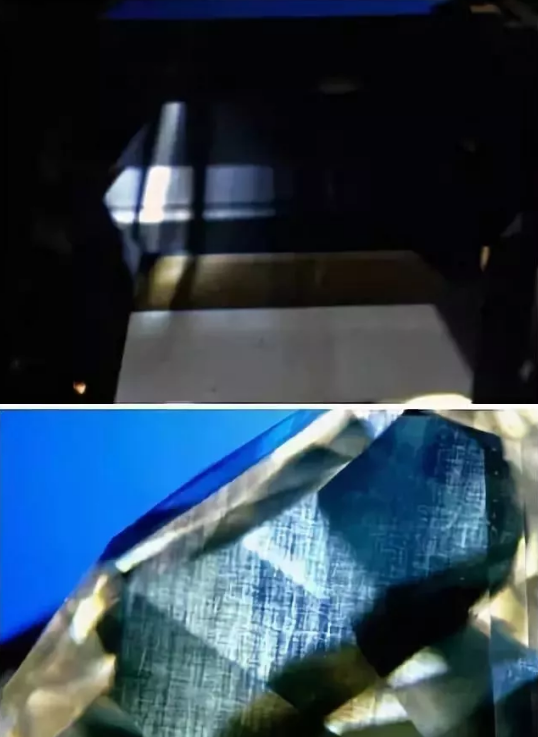
Under orthogonal polarization, typical anomalous birefringent fringe patterns are distributed parallel to the growth face of the crystal. It is easily observed from a direction perpendicular to the specific growth plane of the flat crystal (often viewed from the waist); an abnormal birefringence phenomenon known as a "tatami" structure observed in natural diamonds.
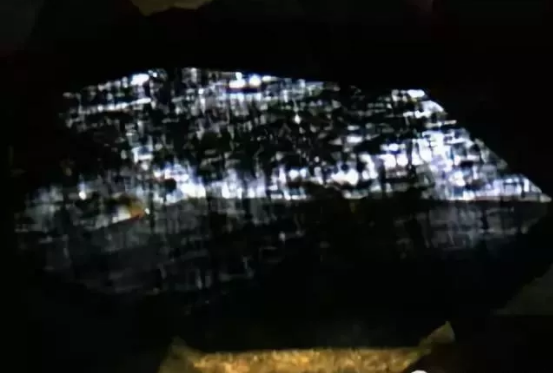
Abnormal birefringence in CVD diamonds similar to the "tatami" structure (as viewed parallel to crystal growth)
2, luminosity
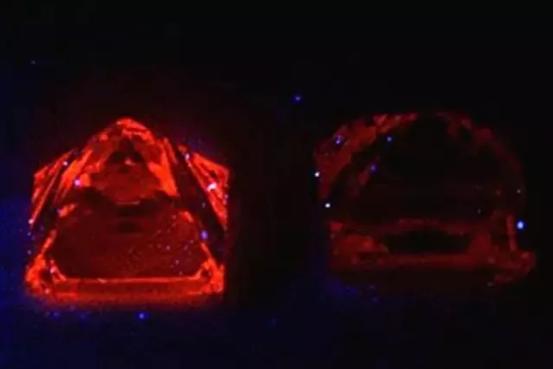
Typical orange fluorescence of CVD diamonds under UV fluorescence
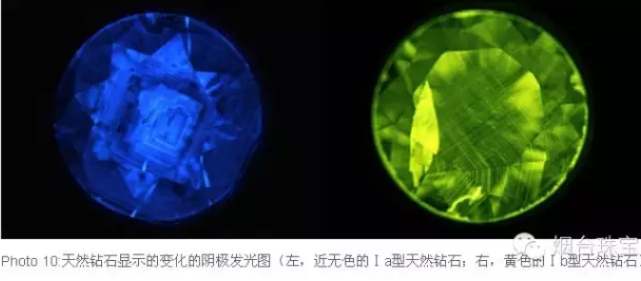

CVD synthetic diamond
All-copper Connecting Tube,Full Copper Air Conditioning Pipe
Suzhou Green New Material Technology Co., Ltd. , https://www.glooptube.com